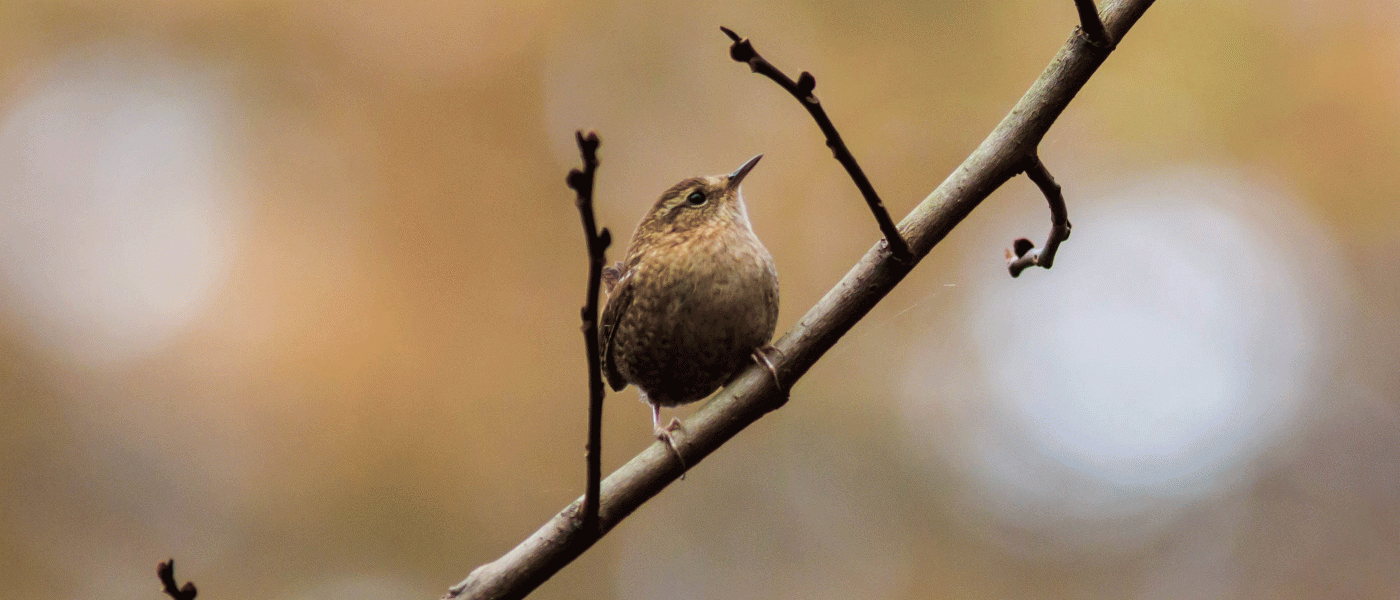Birds of Brooklyn: Winter Wren
I first started bird-watching back in the 1980s by adding a bird feeder to my backyard. It was always nice to see many different species come and explore the seeds I put out or use the birdbath that I placed among some shrubs. The best was always when I saw a new species for the first time. One day I thought I saw a mouse foraging among some fallen seeds. But it was no mouse—it had wings and would occasionally fly up, though no more than a foot or so! Grabbing my Peterson’s Field Guide, I quickly located the bird in the wren family. It was the first time I had ever seen a winter wren—a bird I didn’t even know existed.
Though it acts and looks a lot like a mouse, the winter wren is one of the great songbirds of North America. During the breeding season, May to July, the males start singing at 4 a.m. and continue until it gets dark at 9 p.m. Their song is very beautiful and, for such a small bird, extremely powerful. The male likes to perch himself on an exposed branch, not far off the ground, and just sing away. This is the way he attracts a female.
Just like most other birds in the wren family, the male builds many nests, mostly in a cavity, and shows them to the female. She selects the one she wants and then may add a few pieces of dried grass to it to “close the deal.” Winter wrens usually nest once a year, maybe twice in a good year. Their nesting area is usually near a stream and in deep woods of older growth with much leaf litter and fallen trees.
Winter wrens do not nest in New York City but do so just north of the city in Sullivan County and all the way to Canada. In the fall they migrate south but not too far, and they start to appear in city parks in October. They are a regular on the Christmas bird counts in Central Park as well as Prospect Park in Brooklyn. They are usually located by their song, which they like to sing on pleasant winter days. They are very hard to spot unless you hear the song—after all, who can find a mouse-like bird in leaf litter? They eat a lot of insects like beetles, spiders, and caterpillars, and during the winter will include some berries.
All things considered the bird is very beneficial. It eats a lot of insects, it has a powerful and beautiful song, it is a challenge to find and is very satisfying once we do hear and see it. And it is very true to its name for us in New York City, as the best time to see one is in the winter.
The Birds of Brooklyn series looks at some of the most familiar and fascinating birds that call Kings County their habitat.


